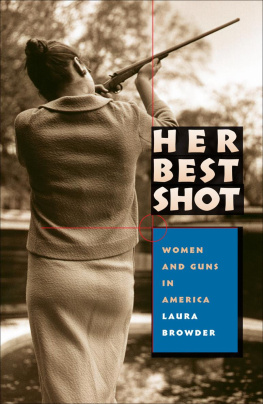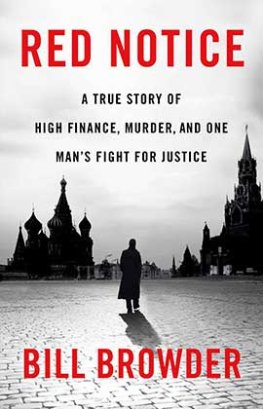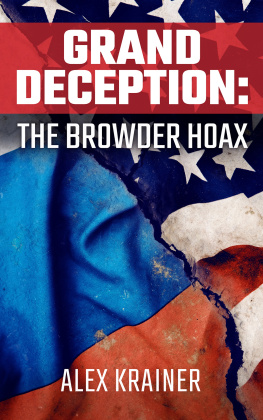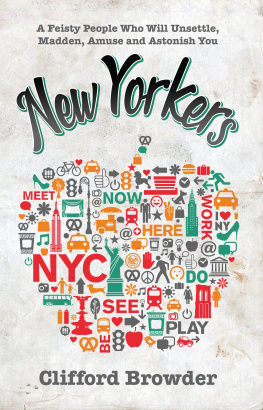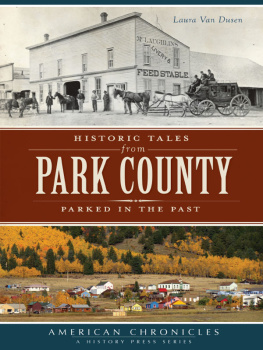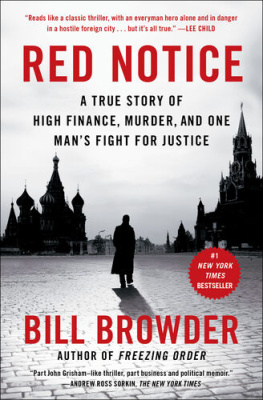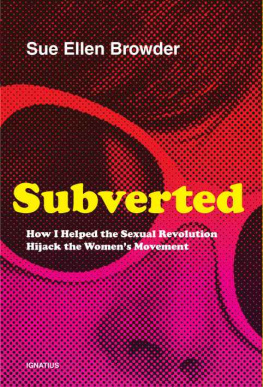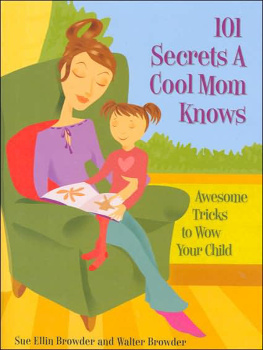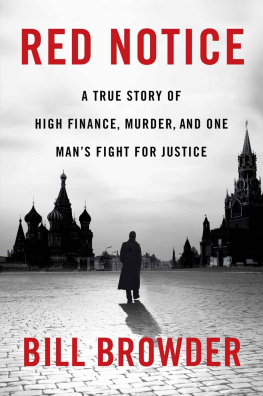Her Best Shot
2006 The University of North Carolina Press
All rights reserved
Set in Scala and Madrone types
by Tseng Information Systems, Inc.
Manufactured in the United States of America
This volume was published with the generous assistance of the Greensboro Womens Fund of the University of North Carolina Press. Founding Contributors: Linda Arnold Carlisle, Sally Schindel Cone, Anne Faircloth, Bonnie McElveen Hunter, Linda Bullard Jennings, Janice J. Kerley (in honor of Margaret Supplee Smith), Nancy Rouzer May, and Betty Hughes Nichols.
The paper in this book meets the guidelines for permanence and durability of the Committee on Production Guidelines for Book Longevity of the Council on Library Resources.
Library of Congress Cataloging-in-Publication Data
Browder, Laura, 1963
Her best shot : women and guns in America / by Laura Browder.
p. cm.
Includes bibliographical references and index.
ISBN-13: 978-0-8078-3050-5 (cloth : alk. paper)
ISBN-10: 0-8078-3050-x (cloth : alk. paper)
1. WomenUnited StatesHistoryMiscellanea. 2. Firearms ownersUnited StatesHistory. 3. Women outlawsUnited StatesHistory. 4. Women soldiersUnited StatesHistory. 5. Women radicalsUnited StatesHistory. 6. Women in popular cultureUnited StatesHistory. 7. FirearmsSocial aspectsUnited States. I. Title.
HQ1410.B76 2006
305.4896920973dc22 2006010730
10 09 08 07 06 5 4 3 2 1
For my parents,
ANDY AND ANNA BROWDER
Contents
Introduction:
The News about Women and Guns
1 Military Heroines:
Narratives of Female Soldiers and Spies in the Civil War
2 Little Miss Sure Shot and Friends,
or How Armed Women Tamed the West
3 Maid Marians and Bad Mothers:
From the Gungirls of the 1920s to the Gangsters of the 1930s
5 Armed Women of the Far Right:
Race Mothers, Warriors, and the Surprising Case of Carolyn Chute
6 Armed Feminism or Family Values?
Women and Guns Today
Illustrations
A Marlin ad from 1898
A Marlin ad from 1914
A Stevens ad from 1907
A Stevens ad from 1905
Papa says it wont hurt me
Women and girl with hunting trophies
G. Gordon Liddys Stacked and Packed calendar
Molly Pitcher
Figurines II, by Cynthia Consentino
Pauline Cushman
Loreta Velazquez
Martha Maxwell
Womens Shooting Club, Alma, Wisconsin
The Topperweins
August Leimbach, Madonna of the Trail
Anna kills Indians right alongside her father
Martha Jane Cannary (Calamity Jane)
Calamity Jane in a dime-novel illustration
Annie Oakley in a publicity shot
Annie Oakley and a student
The bob-haired bandit
Man-Killer
A cover from Black Mask
Bonnie Parker and Clyde Barrow
Women with weapons during World War II
Winnie the WAC
Robert F. Williams and Mabel Williams
Black Panther madonna
Faye Dunaway as Bonnie Parker
The Womans Gun Pamphlet
Patty Hearst on the cover of Time
Carolyn Chute
A Women & Guns cover
A cowgirl reenactment shooting match
Preface
My first inkling of the central place guns would come to occupy in my thoughts came the first New Years Eve I spent in my apartment in the heart of Richmond, Virginia. Had I looked across the street to the porch of the old folks home, I would have seen my elderly neighbors sitting on rockers, cradling shotguns and rifles. As it was, I was not prepared for the barrage of shots that went off at midnight, from weapons of every caliber and description, all in the service of welcoming in the new year. A few years later I was so acclimated that I completely forgot to warn our northern houseguests, who were standing on the deck enjoying their champagne toast when the shooting began. Within minutes, the electrical transformer on the corner had been destroyed by machine-gun fire, plunging the neighborhood into darknesssomething that happened, according to the power company repairmen who came to fix the damage, every New Years in some part of the city.
I had spent my life in New England until I moved to Virginia in my early thirties. Although it had never seemed to me that I led a particularly sheltered existence, I soon discovered how ignorant I was about much of American lifeespecially with regard to guns. I realized that I had never, up to this point, known a gun owneror at least I didnt think I had known one. In retrospect, I am sure I had a mistaken impression, but, still, it took me awhile to grasp how common gun ownership was in my new environmentand how pervasive gun culture was. Whether it was my next door neighbor shooting possums in our alley with a .45 or the radio ads I heard for the gun shows that came to Richmond every other weekend, weapons seemed to be everywhere. Although this book had its genesis in intellectual questions, I became aware that writing it was also a way of making sense of my new homeand of its thriving gun culture.
And once I began to research the book, I discovered that guns were even more prevalent than I had imagined. When I brought my two-year-old to a local Hannukah party, I mentioned my researchand all the fathers there were quick to tell me about the .357s and the 9 millimeters they kept in their homes. My research assistant told her liberal parents about her work on this projectand they proceeded to show her the seven guns, treasured family heirlooms, that they kept in closets and drawers throughout their house. When I discussed my research with my sophomore English class, one of my students, a former Marine and a sharpshooting instructor at Quantico, volunteered to take me to gun stores and gun shows, and to teach me how to shoot weapons ranging from a black powder rifle to an AK-47.
There were times early on, especially the afternoons spent at self-defense classes or gun shows, surrounded by weapons of every description, survivalist manuals, and young couples with baby strollers, that I felt completely out of my element and considered abandoning the project. I was uneasy when my toddler daughter began talking about bullets and pistols, and I talked to her about how guns were not toys, how they hurt people. The effect of this speech was undercut when she found a photograph of me cradling a submachine gun and clearly having a good time: after all, it really had been fun learning to shoot. Still, my life as the mother of small children seemed unrelated to those afternoons spent blasting away with an AR-15 at a worn-out target in the woods. Over time, I came to appreciate not only the complex interplay between popular ideas of womanhood and gun ownership in the United States but also the way that maternity and gun use have been related in popular culture over the centuries. In 2000, the Million Mom March took the national spotlight with its attention-grabbing insistence that mothers need to band together to stop gun violence; nothing seemed more natural. And yet those million moms are only part of a long, complicated American story, one that begins with women who cross-dressed and fought in the Revolutionary War and continues through a cavalcade of Wild West stars, gangsters, revolutionaries of the right and left, and gun-owning housewives, all the way up to the female soldiers fighting in Iraq today.
Acknowledgments
It is a great pleasure to thank the many people who helped in many different ways with this book. I have to start with Carol Summers, for getting me to think about women and guns in the first place, and the past and present members of my writing groupAbigail Cheever, Dorothy Holland, Carol Summers, Sydney Watts, and Janet Winstonwhose encouragement, incisive (and tireless) readings of many drafts and whose marvelous suggestions made this a much better work.


